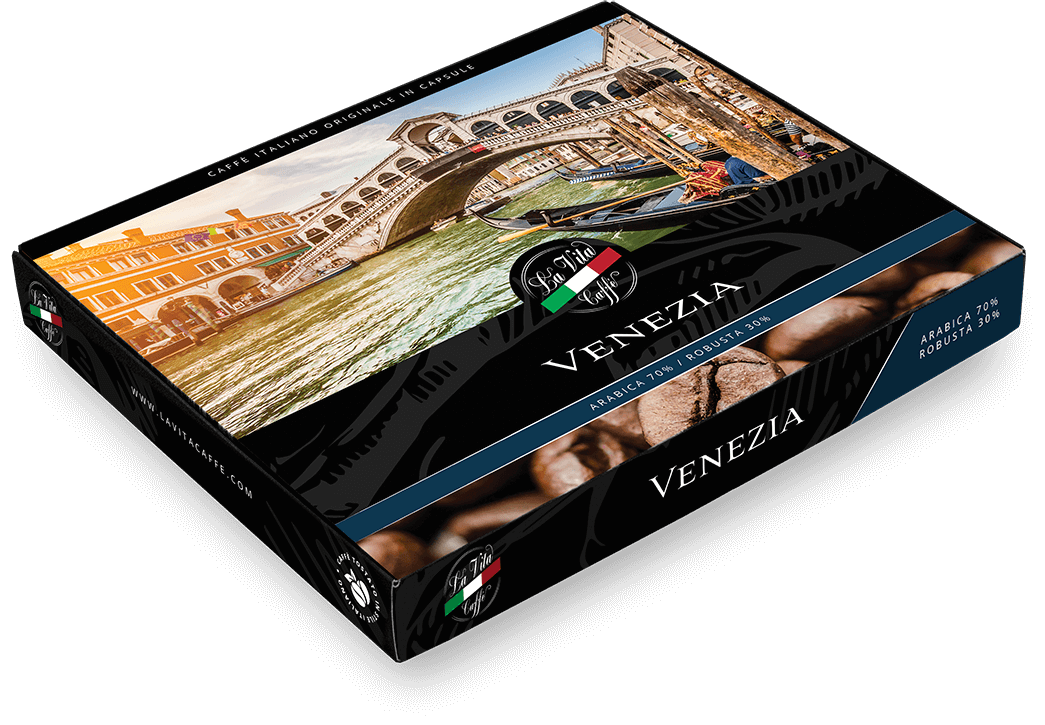La Vita CafféWORLD OF COFFEE
La Vita Caffé coffee blends are mixed with attention paid to their resulting aroma and flavour. As opposed to industrial roasting, we stir the Arabica coffee beans before roasting, during which different kinds of coffee are exchanged and blended with their own aroma. We rely on the traditional craftsmanship of roasting, using state-of-the-art technologies to guarantee the stable taste of each batch of coffee blend.










